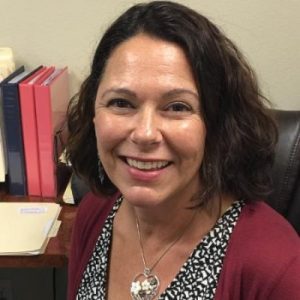
My child might have Dyslexia… what do I do?
Do you worry that your child might have dyslexia? The warning signs are there. Your child is struggling with reading, writing and spelling. You might be using your intuition that something is wrong. What should you do?
Get a Diagnosis!
Diagnosis is the fundamental first step in successfully helping a child with dyslexia and the earlier, the better. It is never a good idea to wait or prolong testing. This will only put the child with dyslexia further behind. Children, who receive help early on, can catch up to their classmates. Later-identified children miss out on essential practice and miss out on an effective dyslexia remediation program during the crucial window of opportunity. So where do you go for a diagnosis… here are some suggestions:
- A licensed educational psychologist
- A Neurologist
- A Medical Doctor
- A Speech Pathologist
- The Special Education Department at a university or school district
Practice Reading A Lot!
Reading fluency comes from repeatedly practicing the same words over and over again so that the brain eventually identifies the words rapidly. Poor readers receive the least amount of reading practice although they need it the most. This is mostly because they avoid reading, read less than their classmates, and as a result fall progressively behind their peers in reading skills. With a proper dyslexia remediation program the student will be able to practice reading intensively and often. So how should your child with dyslexia practice reading a lot?
- Make your child read at least 20 minutes a day before they are allowed to get on any technology.
- Give your child materials that motivate them to read.
- Give them easy reading. Let them read below their grade level. Its about fun and practice, not torture.
- Get into the habit and routine of reading the same time each day.
Catch-up with an Intensive Reading Remediation Program!
A child who has dyslexia that is not identified until the third grade or later is already thousands of unlearned words behind the other readers. This is a gap that might never get closed without an intensive reading remediation program at this point. The best intervention is prevention in kindergarten or remediation beginning in first grade. After first grade it is just remediation year after year. And that’s a lot of catch up to do.
Reading instruction for the child with dyslexia must be delivered with great intensity. Children diagnosed with dyslexia are behind in their reading levels and for them to catch up with their classmates will need to make a big leap forward or else they will remain behind. Optimally, a child who is struggling with reading should be taught one-on-one and should receive this specialized reading instruction 2-3 hours five days a week. A larger group or less time will greatly undermine the possibilities of success. Use the long summer months to send your child to a summer Orton-Gillingham reading camp for intensive instruction. Summers are a great time to catch up and get ahead.
Make sure you find the Right Program with the Right Teacher!
A child with dyslexia will take in and process information differently and needs to be taught with a specialized program. The content must be a research-based scientifically proven method that is delivered with a sequential, systematic, cumulative and structured multisensory reading program. The Orton-Gillingham method, for example, is a perfect example of a reading approach that is proven to work for children with dyslexia. Orton-Gillingham uses a specific scope and sequence that works with kids with dyslexia and closes all reading gaps. It’s a really remarkable reading method. I recommend you check out The PRIDE Reading Program as the perfect program to teach a child with dyslexia. It comes with training videos and is really easy to implement. It is heavily scripted out, so you don’t need to be a certified teacher to use the program. Using the combination of the right program and the right instructor is the key to your child’s success.
A child with dyslexia who is not identified early may require as much as 100-200 hours of intensive instruction if they are going to close the reading gap. The longer that identification and effective reading instruction are delayed, the longer the child will require catching up. Fortunately, with the proper assistance and help, most students with dyslexia are able to learn to read and develop strategies to become successful readers.
Learn more about the New PRIDE Reading Program
Karina Richland, M.A. is the Founder of Pride Learning Centers, located in Los Angeles and Orange County. Ms. Richland is a certified reading and learning disability specialist. She is also the author of the PRIDE Reading Program. Ms. Richland speaks frequently to parents, teachers, and professionals on learning differences, and writes for several journals and publications. You can reach her by email at info@pridelearningcenter.com or visit the PRIDE Learning Center website at: www.pridelearningcenter.com

